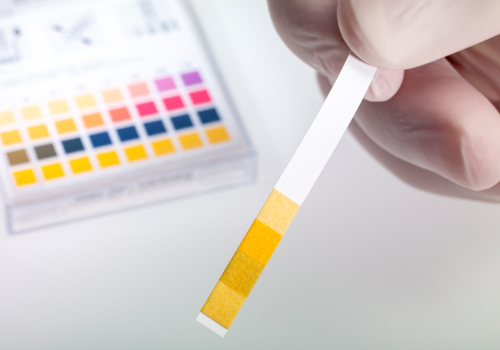When it comes to discussing the factors that contribute to the quality of the water we drink, pH might not be the first characteristic that springs to mind. However, the pH level of our drinking water plays an integral role in determining its overall quality, safety, and suitability for consumption. In this exploration, we will delve deep into the significance of pH in drinking water, discuss its multifaceted effects on human health, and explain why maintaining a balanced pH is not just important but imperative for safeguarding the well-being of communities.
Understanding pH
Before we embark on our journey into the world of pH and drinking water, let’s establish a foundational understanding of what pH truly is. pH is a measure of the acidity or alkalinity of a substance and is quantified on a logarithmic scale ranging from 0 to 14. A pH of 7 is considered neutral, indicating a balance between acidity and alkalinity. Values below 7 are indicative of acidity, and as the pH descends, the acidity intensifies. Conversely, values above 7 denote alkalinity, with higher numbers reflecting greater alkalinity. The pH value of a substance is determined by the concentration of hydrogen ions it contains. In the context of water, pH provides a succinct indication of the concentration of these hydrogen ions, thereby unveiling whether the water is acidic, neutral, or alkaline.
pH in Drinking Water
The pH levels of drinking water are not monolithic; they can display considerable variation based on factors such as the water’s source, treatment processes it undergoes, and the geological conditions of the region. While minor fluctuations in pH are commonplace and often innocuous, extreme pH levels can trigger substantial repercussions, affecting both the water itself and the individuals consuming it.
Impact on Water Quality
- Corrosion and Scaling: An imbalanced pH in drinking water can instigate adverse effects on plumbing systems. Water that skews towards the acidic end of the spectrum can provoke corrosion of metal pipes and fixtures. As a consequence, metals such as lead, copper, and zinc can leach into the water supply, constituting a potential health hazard. Conversely, water that leans towards the alkaline side can encourage the deposition of mineral compounds within pipes, a phenomenon known as scaling. Scaling can constrict water flow and impede the function of appliances, leading to inefficiencies and increased maintenance costs.
- Taste and Odor: The influence of pH on the sensory aspects of drinking water cannot be underestimated. Water that is excessively acidic may carry a sour taste, whereas water with heightened alkalinity might impart a bitter or soapy taste. These perceptual nuances can significantly impact the palatability of drinking water and consequently influence consumption habits.
- Chemical Reactions and Contaminant Behavior: The pH of water orchestrates a symphony of chemical reactions and interactions. It can affect the solubility and stability of various contaminants present in water. Some contaminants can become more toxic or less soluble under specific pH conditions, potentially endangering public health and exacerbating water treatment challenges.

Implications of pH on Well-being
The ramifications of pH levels in drinking water extend beyond plumbing and water treatment processes; they can have profound repercussions on human health. Corrosive water, with an unnaturally low pH, can exacerbate the release of heavy metals, such as lead, into the water. Elevated lead concentrations are known to have severe adverse effects on cognitive development, particularly in young children. Moreover, extreme pH levels can disrupt the natural pH balance of the human body, potentially affecting digestive processes, nutrient absorption, and overall well-being.
The Crucial Imperative of pH Regulation
With an acute awareness of the implications, water treatment facilities meticulously monitor and adjust the pH of drinking water to maintain it within safe parameters. pH regulation is an indispensable facet of water treatment processes, as it serves a multiplicity of roles. It mitigates the potential for corrosion within distribution systems, upholds the aesthetic integrity of water, and assures that contaminants remain in a stable and manageable state.
pH and the Environment: A Broader Ecological Context
The influence of pH is not confined to human health; it extends to the environment, especially aquatic ecosystems. Drastic alterations in pH can wreak havoc on aquatic life, destabilizing the delicate equilibrium of underwater ecosystems. Acid rain, for instance, lowers the pH of lakes and rivers, endangering fish populations and other aquatic organisms.
pH is Vital to Drinking Water Quality
In the grand scheme of ensuring access to clean and safe drinking water, pH emerges as an unsung hero, orchestrating a balance between various factors that influence water quality and public health. The importance of comprehending and managing pH levels cannot be overstated, for it holds the key to preserving vital infrastructure, safeguarding human health, and nurturing the intricate interconnectedness of aquatic environments. As we navigate the challenges of a dynamic world, securing clean and safe drinking water remains a paramount goal, and in this endeavor, the role of pH is indisputably vital. The best way to ensure the pH and quality of your water is through comprehensive water testing. Contact Atlantic Blue Water Center at 410-751-9200 to schedule a free water test today!
